Updating old content seems like a chore considering many content ideas are in the pipeline. You figure, “why bother when I could just create something new?”.
I get it.
There’s the idea of “if it ain’t broke, don’t fix it”.
What if I told you…
Updating old content would increase traffic and engagement. Something done in half the time compared to what you’d place in creating new stuff.
A Real Example of Updating Old Content here on AffiliatePrograms.com
Can you believe there are over 1,500 blog posts on AffiliatePrograms.com? Makes sense considering the site has been operating for well over a decade!
Buried throughout the archives is evergreen content.
These are content that remains helpful to this day even if they went live a couple years ago. Sure, some of the stats are now dated (easily fixable) but the glaring issue is the format and depth.
For a long while, content was like this for most blogs:
- Short, 300-500-word posts
- Keyword heavy
- Sparse linking
Google was okay with this because the content was getting out there. It was an easy way for webmasters to pick up long-tail traffic by creating posts about anything and everything related to their topic.
We noticed a post doing well – that could use some updating.

Our older ‘Top 10 Education Affiliate Programs’ post was going strong.
It had its issues:
- Big blocks of text
- No images
- Outdated stats
- Lacking on-page SEO
We could have done like many and created a new post targeting those keywords, but the information was good save two programs we decided to swap. The rest came together rather quickly and now we have this fantastic piece all thanks to entertaining this idea of updating old blog posts.
Why Bother with Updating Old Content?
Go on and look at your traffic stats.
What do you see?
A lot of your traffic comes from legacy content if you’re like most websites. These older pieces (months to years old) continue to deliver traffic and leads.
Updating old content brings on a couple benefits:
- Improves search ranking factors
- Increases page engagement and site time
- Introduces new information and offers
Google loves fresh content.
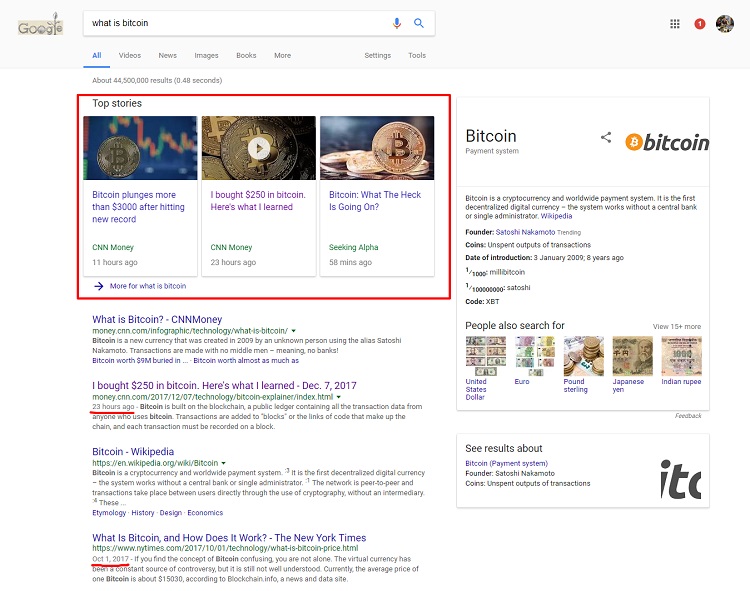
A strategy many webmasters and SEOs use to increase rankings is simply updating old content. They make a few tweaks and update the publication date. Google crawls the page, see’s it’s recent, makes sure it’s relevant, and gives the page a boost.
Adding media and structure increases site time.
Visitors take a few seconds to decide if they want to continue.
Most hit the back button.
The real challenges become keeping their attention. A way to do this is by breaking up big blocks of text and adding more media like images and videos.
The increased page and site time is a good indicator for Google. A factor that’ll increase your search rankings. And… improve your chance of conversions. Keep them engaged and you’ll improve your chance of converting them on those offers.
Also:
Our brain loves new things.

We can’t help ourselves when there’s a new tidbit of information or interesting stat. Or, perhaps it a fresh technique added to an old concept. Maybe it’s a new take on the topic. Either way, fresh ideas gives us something new to experience – updating old content injects the post with this benefit.
Here’s What You Can Do About Updating Old Blog Posts on Your Site
It’s quite easy — it’ll involve:
- Auditing the performance of legacy content
- Assessing the opportunity and time investment
- Applying simple techniques
Let’s get into it.
Auditing the Legacy Content
Use whatever analytics tool to pull up traffic stats on your website.
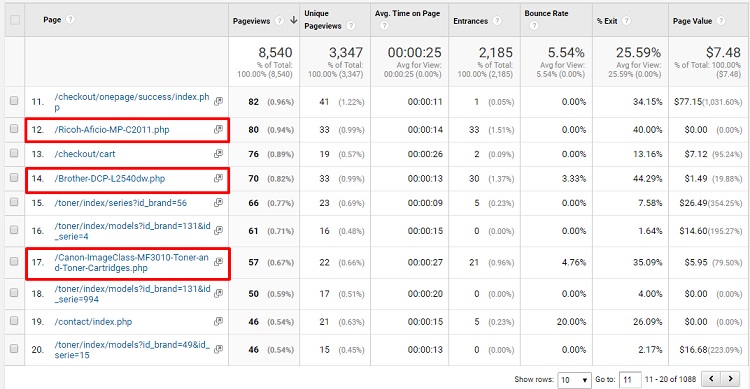
You could go into this deeper by examining backlinks and everything but let’s keep it simple for now. We just want to rework old content into something fresh – the quick wins, right?
Do this:
- Pick 10 top-performing legacy pieces
- Record the social shares/comments
- Check for obvious flaws (like keywords)
Then, plan to do this frequently.
Export your website data to a spreadsheet and rearrange the records by data. Place priority on the legacy content and put that into your content pipeline. For every big, new post, try to do one or two updates to the old performers.
Opportunity vs Investment
Which method should you keep in mind when updating content? There’s plenty of ways to go about republishing old blog posts. We think there’s a balance – if it’s taking you a great deal of time updating (major rewriting) then you’re probably better off creating something new.
There are a couple fresh factors to consider:
- Amount of change
- Frequency
- Engagement
Doing a few small changes like swapping the headline probably won’t cut it. You’ll want to expand on the main topics along with updating its structure. Include media elements while making the affiliate website improvements.
Also, consider if it’s a money page.
Traffic is nice if you can get a bump from updating old content but there should be a purpose. In our case of affiliate marketing… it should have an offer or at least some kind of list building element.
And as for the updates…
The “Stuff” You Should Change when Updating Old Content
You’ve got a page in mind and it passes your test for updates… good, let’s make those changes.
Title and Headlines
Change both but keep their keywords.
Add some excitement or something witty!
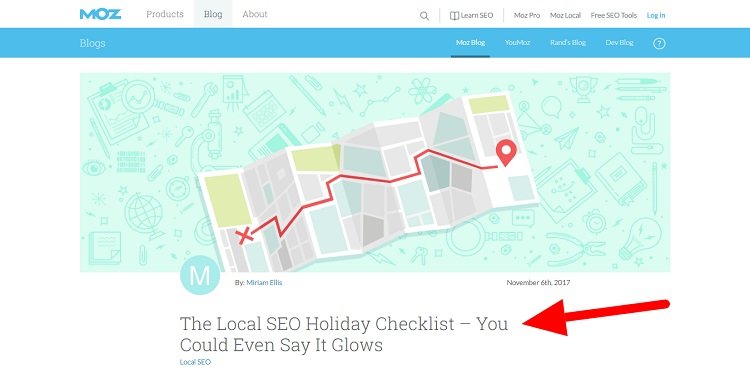
Take a few cues from viral content – they include keywords/phrases but they’re wrapped in excitement. It’s not “Product X Review” but “My Product X Review (After Spending 30 Grueling Days with It)”. Add excitement by telling a story, adding a benefit, identifying a problem, including data, or using numbers.
Reworking the title and headlines could improve search clickthrough rate. The better headlines could keep them on the page longer. These two small changes can give a nice bump in search rankings.
Hooks
Ask: What has changed about this topic since I wrote it?
Industries, markets, and you change – what catches our attention now is quite different from back then. I bet your old introductions were dry and blocky. They talked about an issue or started with a story. But, now they seem out of place with the evolution of your tone and branding.
Update the intro to include a stronger hook – add a new stat or major problem since then.
Look at it from the eyes of someone fresh coming to the page. Not you all those years ago but someone that’s likely exposed to the industry since it has grown.
Media
Sourcing eye-catching images from Pixabay or Unsplash is a great way to boost post engagement. It also has a substantial impact on giving the post a chance to “breath”. You’re not overwhelming visitors with large blocks of text.

Another added benefit: Length has “weight” and this “weight” equals perceived value.
It’s funny like that.
A post with short bullet points would suffice for the main points – but, we tend to want sustenance. So, we expand on ideas and put more content. Google likes that.
Try adding media around headings or between text blocks.
Structure
I bet a lot of our old posts were dense.
I’m not saying they’re not good… but they are a chore to read.
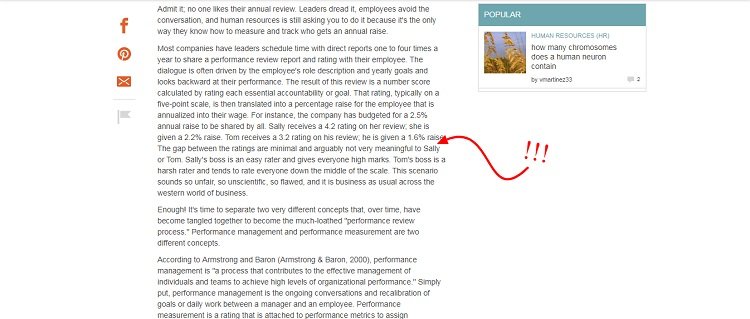
Reading on the Web is completely different than reading from a book – too many distractions – so we tend to skim along, looking for the important bits.
It’s hard conveying your ideas (or offer) if they’re buried in blocks of content.
Try this:
- Break up paragraphs into one or two sentences
- Use more headings, sub-headings, lists, and tables
- Add transitions to keep readers hooked
Updating old content is just as much about how it looks as what it covers.
Anchor
DON’T touch the original URL – leave it be – so you’re not messing up any backlinks or existing ranking you’ve received from Google.
On-page SEO
Your purpose with updating old content is to improve traffic and engagement. You won’t achieve this if you’re not updating the on-page SEO while you’re in there. Don’t rely on fresh content, alone.
Work your way through the list:
- Title – Add attention-grabbing words (while retaining the keyword) to improve clickthrough rates in your search listings
- Tags – Add tags to help visitors find related content based on major keywords, brands, or concepts shared in the post
- Description – Build up interest about the topic by presenting a preview, question, or problem to which the post will answer (while including the main keyword and LSIs)
- Body – Search Google or use keyword tools to find related keywords and add them throughout the post; include them in your headings, too
- Images – Fill in the title and alt attributes to include keywords (small but easy SEO win)
- Links – Add links to newer posts and cross-link with those relevant ones back to the updated piece
By now you should have a general idea of the on-page SEO routine. Back then? You may have skipped a lot of it or use now outdated tactics. This shouldn’t take too long to add the extras. Don’t expect immediate results from the on-page SEO stuff when updating old content – give it a few weeks.
Time Stamp
The quick and easy win: Update the timestamp.
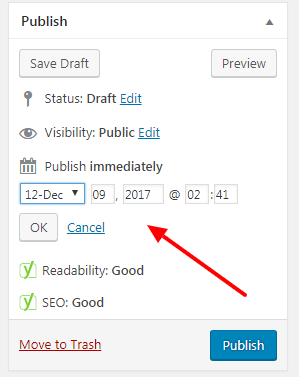
The information is now up-to-speed. May as well tell Google and your visitors it’s a recent piece… because you basically redid the entire thing. You could also add a blurb explaining it’s updated or attach something like Revised: Year to the title.
Sections
Have you noticed any changes to the topic, market, or industry since its original publication? Probably.
Ask:
- Does this offer exist (or is it still popular)?
- What could I include that’s now “standard”?
- Could I include up-and-coming concepts to the topic?
Leverage this chance to add big sections to the post to increase word count and add more value.
For example:
We noticed two affiliate programs in our Top 10 that became defunct. We found comparable offers and swapped them out. The piece has something new to index and we took that time to add more depth.
Visitors would get annoyed if we had left those in.
Call-to-Action(s)
What were you promoting? Have you improved at copywriting? Are the images outdated, too? Maybe there’s a better product worth promoting?
All good questions to ask when you’re updating website content regularly.
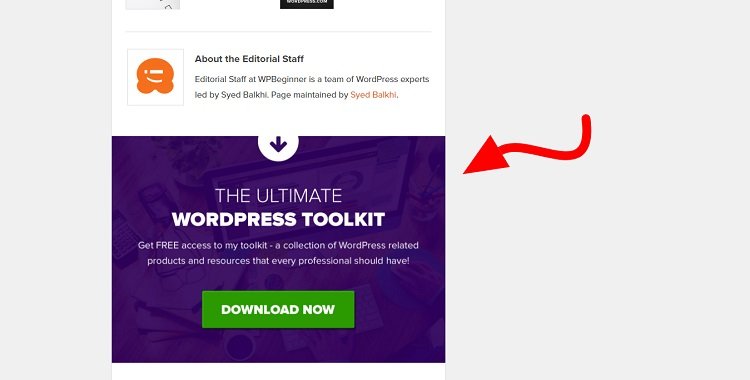
Consider using templates or follow tutorials with call to action buttons. A few small tweaks could improve conversions dramatically. You may even discover the promotion now dead – you were sending traffic to nothing or worse… a site that’s been hijacked!
Promotion
And lastly… put it through the rounds, again.
SEO has changed quite a bit in just the past year – Google is cracking down on those old techniques and they’ve rolled out smart indexing (with AI) that’s providing better results.
Try following this basic routine:
- Share it on owned social feeds
- Ask for it included in a roundup or replace a broken link
- Do some blogger outreach and get them to share
- Turn it into other types of content and repurpose it
- Include it in an email newsletter
Seems like a lot of work but it’s not — remember the benefits.
These Updates Apply to Unpublished Pieces and Old Social Shares, Too!
This post is mostly talking about those with a website and a ton of legacy content…
… but what about the bunch of you that’s just now getting started with affiliate marketing?
Check it:
- You’ve got old social updates, don’t you?
- You’ve maybe written a few things and never published, right?
Perhaps at one time, you were getting into doing online stuff, but it never quite took off. Sitting on your hard drive are half-worked content pieces. Those are gold!

You can apply these same techniques to the content you never published:
- Rework and freshen the topic
- Expand the core sections
- Find attractive images and media to add
And who’s to say it needs to be a written piece? Maybe since then you’re interested in video content or recording it as a podcast? The idea and information are there… put in the effort to update.
This also goes for old social shares.
Maybe you have an old Tumblr account with tons of old writings. Or, a bunch of stuff you shared on LinkedIn or Google+. That’s your content property. People are still finding this stuff – it may not get crazy traffic, but it happens.
This is a great opportunity to make money even if you’re not using a website.
Updating Old Content is Easy-Peasy (You Should Do It)
It seems like a lot but it’s not.
Take this post for example – I’ve been working on it for a couple of hours considering the research, writing, taking screenshots, and finding resources to link. In that time, I could have updated one or two articles from our archives for a quick-and-easy win.
I’m not saying to abandon your content calendar.
But…
You should place the effort into updating old content if it’s relevant and shows promise.
These updates can often boost traffic by 10-30% on those pages – it can get crazier if you’re doubling down your efforts (like in the case of Brain Dean getting a 260.7% bump).
Alright, enough of this, you now know the benefits. No excuses for letting that good, old content go to waste. Get to work!




